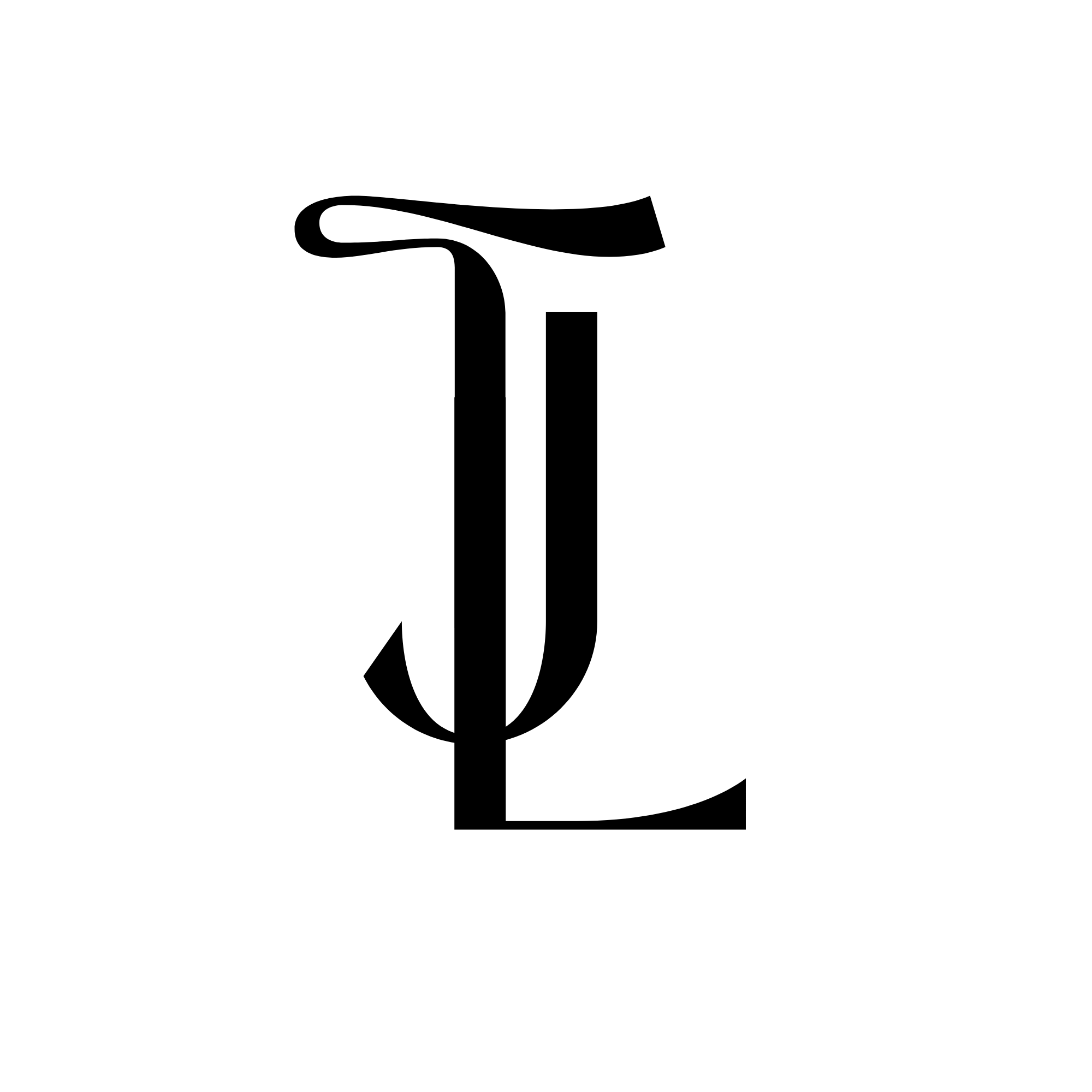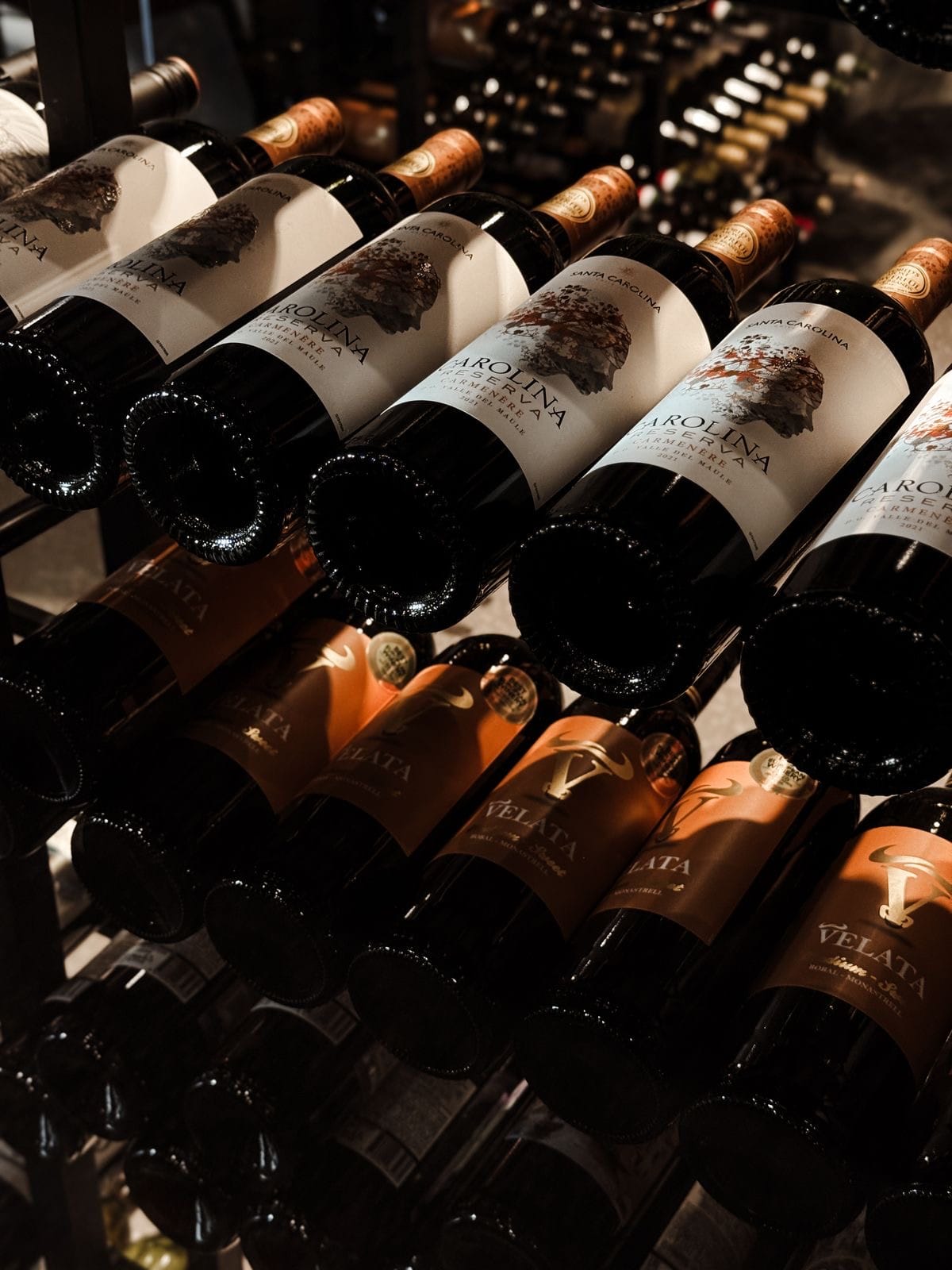
Wine is one of life’s luxuries that you can experience on any level. Whether it’s a chilled rosé on a summer afternoon or a complex red that lingers long after dinner, the bottle you open is as much about your mood as it about your taste. But with so many regions, grapes, and opinions, how do you choose one that you'll love?
Choosing wine should be a enjoyable part of the experience, not feel like an exam or a lucky dip. But there are a few concepts that cut through the noise and help you pick something you’ll actually buy again and again. Below we unpack the essentials, the language of wine, then apply it to whites, reds and rosés with practical buying and pairing guidelines.
1. The basics you really need to know
Terroir, regions and Old World vs New World
- Terroir = soil + climate + topography + human practice. It explains why the same grape tastes different in different places.
- Old World (France, Italy, Spain, parts of Germany): cooler climates, emphasis on place and tradition, often more restrained acidity, earth and mineral notes. Labels tend to focus on region/appellation rather than grape (e.g., Burgundy, Chianti).
- New World (Australia, USA, Chile, South Africa, Argentina, New Zealand): warmer climates, riper fruit, higher alcohols, often more fruit-forward and consistent. Labels usually display grape variety (e.g., Cabernet Sauvignon, Chardonnay).
Knowing whether a bottle comes from an Old or New World region gives you immediate clues about its style: restraint vs ripeness, minerality vs juicy fruit.
Grape variety (the single most useful shorthand)
Each grape has its own personality. Sauvignon Blanc is bright, herbaceous, and citrusy; Chardonnay can range from crisp and mineral to rich and oaky; Pinot Noir is elegant, with red fruit and earthy notes; Cabernet Sauvignon is structured, with black fruits and hints of tobacco; Syrah/Shiraz brings spice and dark fruit. Learn a handful and you’ll be able to navigate most shelves (and impress your friends).
Appellation systems matter but also know when to ignore them
Appellations (the official regions printed on a bottle) can be helpful, but their meaning changes depending on where you are. In Europe, an appellation often guarantees style and quality, for example Chablis for crisp, mineral Chardonnay, or Barolo for a structured Nebbiolo (structured means comes from high tannins and acidity, which soften over time as the wine ages). In newer wine regions like California, Australia, or South America, the name on the bottle tells you less about style, what matters more is the winemaker’s skill and the vintage year. Check the producer, research the vintage, and read tasting notes online or via apps like Vivino. Sommelier recommendations and the winery’s own notes can also give insight into style and quality. Use appellations as a starting point, but always consider who made the wine and the conditions of the harvest.
2. Anatomy of a tasting: nose, palate, finish
- Nose (aroma): What you notice before tasting. Primary aromas come from the grape (fruit, flowers), secondary from fermentation (bread or butter notes), and tertiary from aging (leather, dried fruit, earthy notes).
- Palate (taste & structure): Think about acidity (freshness), tannins in reds (bitterness or grip), alcohol (adds body or sweetness), residual sugar, and overall texture or weight (light to full).
- Finish: How long the flavors stay after you swallow. A long, clean finish usually means the wine is well-made and balanced.
When evaluating a wine quickly, sniff, sip, note the structure (acid/tannin/body), and watch how long the finish lingers. That will tell you more than a score alone.
3. Alcohol by volume (ABV): what it means for taste
- Lower ABV (under ~12.5%): often lighter-bodied, higher perceived acidity, fresher, more food-friendly. Common in cooler-climate whites and lighter reds.
- Moderate ABV (12.5–14%): balanced body, common across many styles.
- High ABV (14%+): fuller body, warmer sensation on the palate, can feel sweeter even if dry, can mask acidity. Common in warm-climate reds and some New World whites.
Tip: If a bottle feels “hot” (alcohol-burning), it’s likely unbalanced for delicate food pairings.
4. How age changes wine
- Young wines: bright primary fruit, higher acidity, softer tannins. Drinkable now.
- Aging potential depends on grape, region, vintage and winemaking: sturdy Cabernet, Nebbiolo, Barolo, Brunello, high-quality Riesling, and some Chardonnays age well.
- What ages do: tannins soften, primary fruit fades into tertiary notes (dried fruit, leather, mushroom, honey), texture becomes creamier. Age can add complexity but you risk losing fresh fruit character.
Rule of thumb: most wines are made to be drunk within 3–5 years. Only cellared, high-structure bottlings benefit from long aging.
5. Ratings & apps (Vivino, critics): use with caution
Ratings aggregate impressions and can be useful for quick filtering, but:
- They reflect subjective taste and are often dominated by casual users (Vivino) or critics with different scoring systems.
- A high Vivino score can indicate popularity, not suitability to your palate.
- Look at multiple sources and read tasting notes, does the description match what you like (acidic, bold, oaky, mineral)?
Practical use: use ratings to shortlist options, then read a few short reviews or the back label before buying.
6. Practical variables: vintage, producer, price
- Vintage: matters for regions with variable weather (Bordeaux, Burgundy). In stable, warm regions vintage matters less.
- Producer: can be the single most important variable; trusted houses maintain a style and quality.
- Price: is not actually linear. Small increases often buy significantly better quality, but past a certain tier, the distinctions become finer, more about style and personal taste than a clear leap in quality
7. White wines - what to look for
Key grapes & what they usually offer
- Sauvignon Blanc: high acidity, citrus, green herb, saline in Sancerre; New Zealand versions are punchy and tropical.
- Chardonnay: styles range from lean, mineral Chablis (chalk, green apple) to oak-aged buttery California Chardonnays (vanilla, toasted oak).
- Riesling: high acidity, citrus, petrol note with age; can be bone-dry to sweet (German Kabinett to Auslese).
- Chenin Blanc: versatile, from crisp Vouvray to rich, botrytised dessert wines.
- Viognier: aromatic stone-fruit, floral, often fuller-bodied.
Regions and style cues
- Chablis (France): steely, mineral Chardonnay, look for “Chablis” or Premier/Grand Cru for structure.
- Burgundy (Côte de Beaune): top-level Chardonnay, terroir-driven, expensive.
- Loire Valley: Sauvignon Blanc (Sancerre, Pouilly-Fumé), crisp, mineral.
- Bordeaux Blancs: often blended with Semillon, can age beautifully.
- New World (California, WA, Australia): riper, fuller Chardonnays; New Zealand Sauvignon Blanc is intensely aromatic.
How age and ABV affect whites
- Age: high-acid whites (Chablis, Riesling) gain complexity with age; oaky Chardonnays develop nutty, petrol-like notes.
- ABV: higher ABV in whites (13.5–14.5%) adds warmth and body; can make them feel lush but less food-friendly.
Buying & pairing tips for whites
- Price brackets: $15–25 (everyday bottles), $25–90 (very good single-region or better producers), $90+ (excellent quality/vintage).
- Pairing: high-acid whites with seafood, goat cheese; fuller Chardonnays with roasted chicken, creamy sauces; Riesling with spiced food.
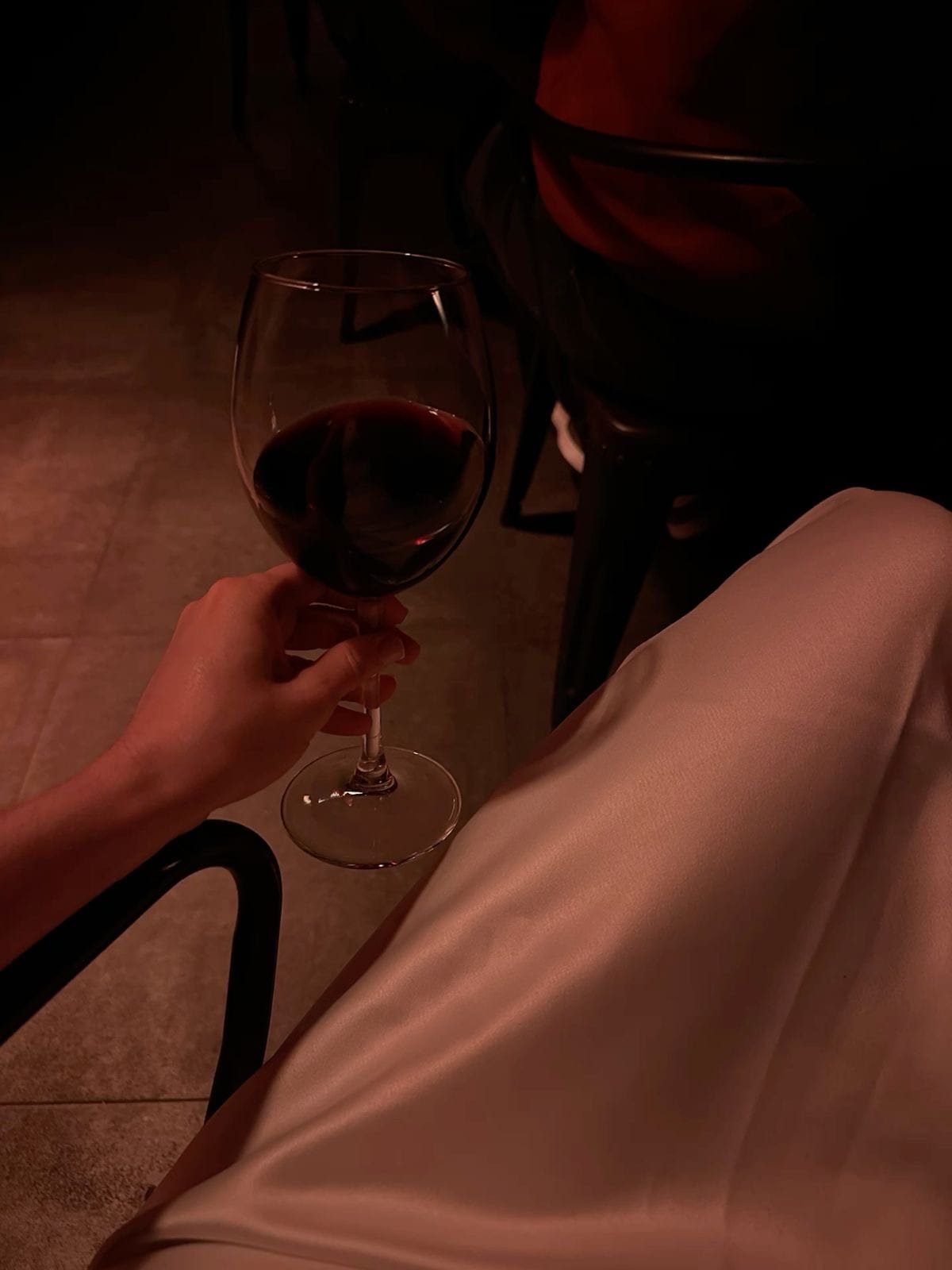
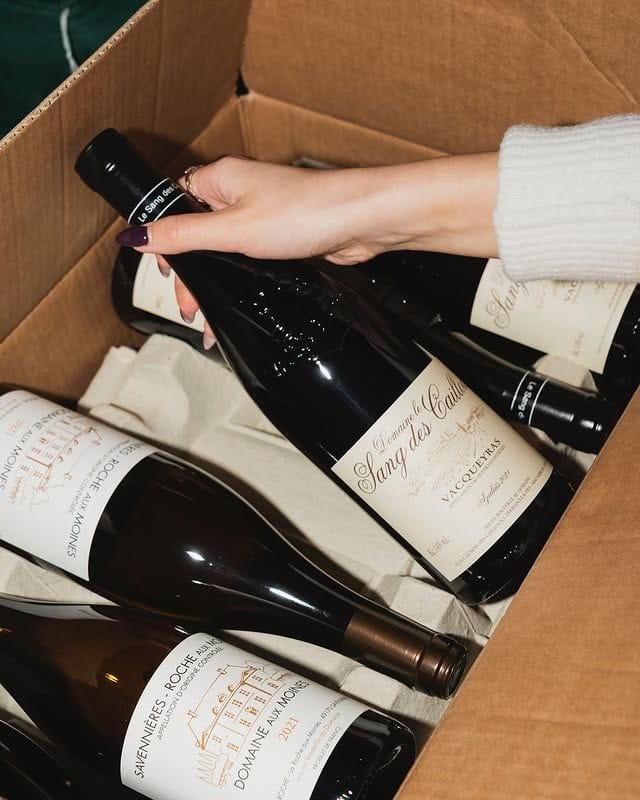
8. Red wines - what to look for
Key grapes & personalities
- Pinot Noir: red fruit, earth, light-minus to medium body; thrives in Burgundy, Oregon, New Zealand Martinborough.
- Cabernet Sauvignon: black fruit, tobacco, high tannin/body; classic in Bordeaux and California.
- Merlot: plush fruit, softer tannins; great Bordeaux right-bank grape.
- Syrah / Shiraz: pepper, dark fruit, savory; northern Rhône (Syrah) is savory and restrained; Australian Shiraz is bolder, fruit-driven.
- Nebbiolo: high tannin, high acidity, tar and rose notes (Barolo/Barbaresco).
- Sangiovese: tart cherry, earth, high acidity (Chianti, Brunello).
- Tempranillo: savory, leather, red fruit (Rioja).
Regions and what they mean
- Bordeaux: structure, tannin, ageability; look by appellation (Left Bank = Cabernet; Right Bank = Merlot).
- Burgundy: terroir-first Pinot Noir; village and vineyard naming matters.
- Tuscany (Italy): Sangiovese-driven, food-friendly acidity.
- Rhône: Syrah-dominant north; GSM blends (Grenache, Syrah, Mourvèdre) in Southern Rhône are warmer, spicier.
- California: big, ripe, high alcohol - concentration and plushness.
Tannin, body, acidity & alcohol in reds
- Tannin = structure/grip. Younger, high-tannin wines (Cabernet, Nebbiolo) may need aging or decanting.
- Body: light (Pinot), medium (Merlot, Sangiovese), full (Cabernet, Shiraz).
- Acidity: bright acidity improves food pairing and balance.
- ABV: higher ABV adds weight and warmth; high-alcohol reds can feel heavy. Ideal balance: structural elements (acid/tannin) should match alcohol.
Age in reds
- When to age: structured reds with high tannin and acidity (Bordeaux, Nebbiolo, some Cabernet) reward cellaring.
- What changes: tannins soften, secondary aromas (cedar, tobacco) appear, tertiary nuances (mushroom, leather) develop.
Buying & pairing tips for reds
- Price brackets: $15–30 (accessible, drink-now), $30–80 (serious single-region bottles), $90+ (ageworthy or prestige producers).
- Pairing: medium-bodied reds with tomato-based dishes; full-bodied with grilled meats; light reds with poultry and richer fish.
9. Rosé - it’s not a summer fling
Rosé covers a wide stylistic range: bone-dry Provencal to fuller, fruit-driven New World rosés and even sparkling rosés.
What to look for
- Provence-style rosé: pale, high-acid, bone-dry, perfect with simple summer food.
- Darker rosés: made from riper fruit or extended skin contact, more body and red-fruit character.
- Sparkling rosé: celebratory and versatile.
Regions & grapes
- Provence: Grenache, Cinsault, Mourvèdre blends, pale, aromatic, food-friendly.
- Tavel (South Rhône): richer, darker, often more structured rosés.
- New World: trend toward fuller styles, often blended with Syrah or Pinot.
Pairing
- Rosé is food-friendly: salads, seafood, light grilled meats, charcuterie. Choose lighter rosés for delicate seafood; fuller rosés for richer fare.
10. How to build an at-home list (what to keep on rotation)
A balanced small cellar for daily and guest-ready needs:
- 2 everyday white (one crisp Sauvignon/Albariño; one richer Chardonnay or Viognier)
- 2 everyday red (one light-bodied Pinot or Gamay; one medium/full Cabernet or Malbec)
- 1 sparkling (Prosecco which is often a more gentle palate or Champagne if your taste prefers it drier)
- 1 rosé (Provence-style)
- 1 bottle for special occasions (ageworthy Bordeaux, Burgundy, grower Champagne)
Rotate and replace, keeping an eye on producers you like.
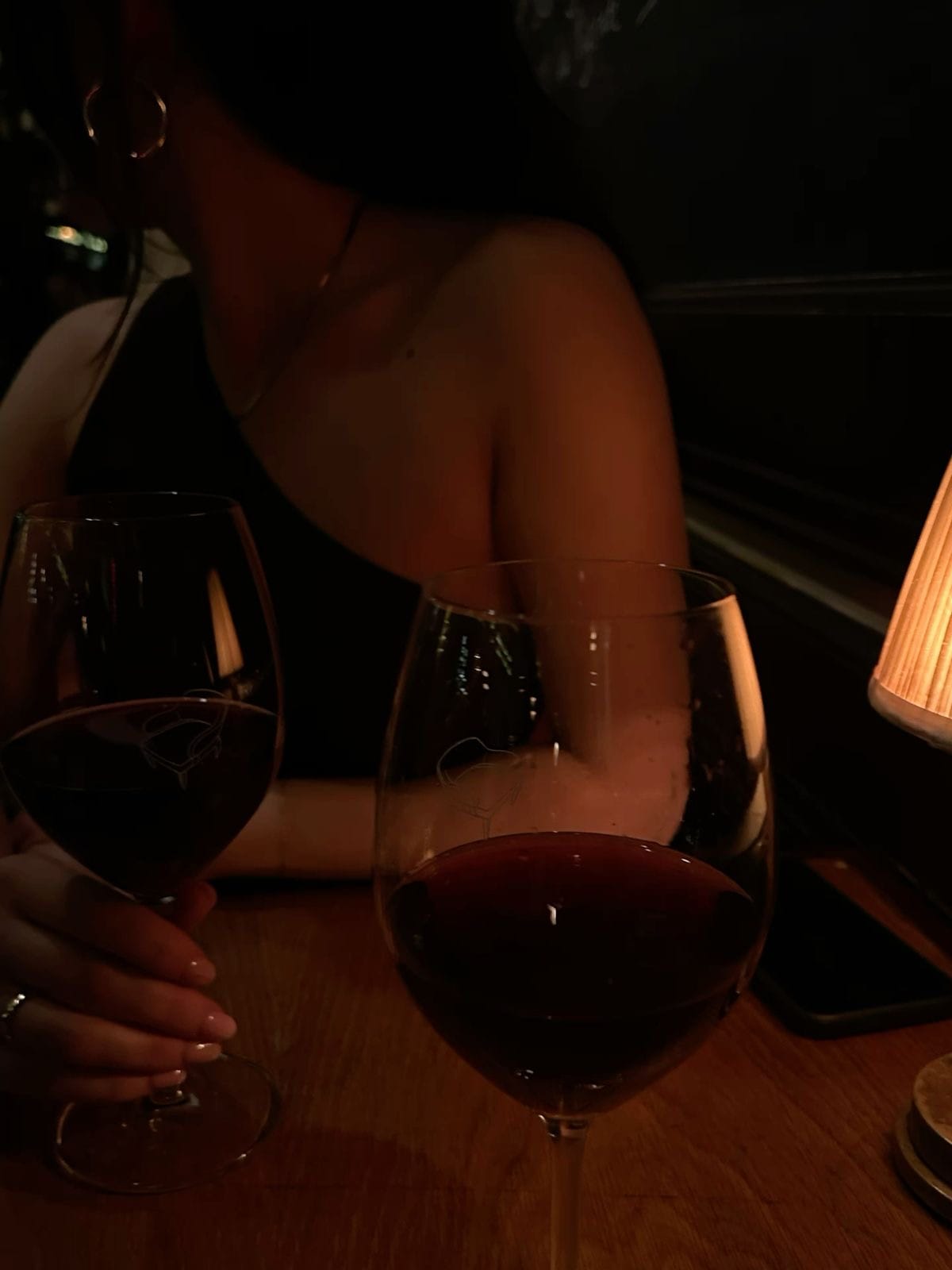
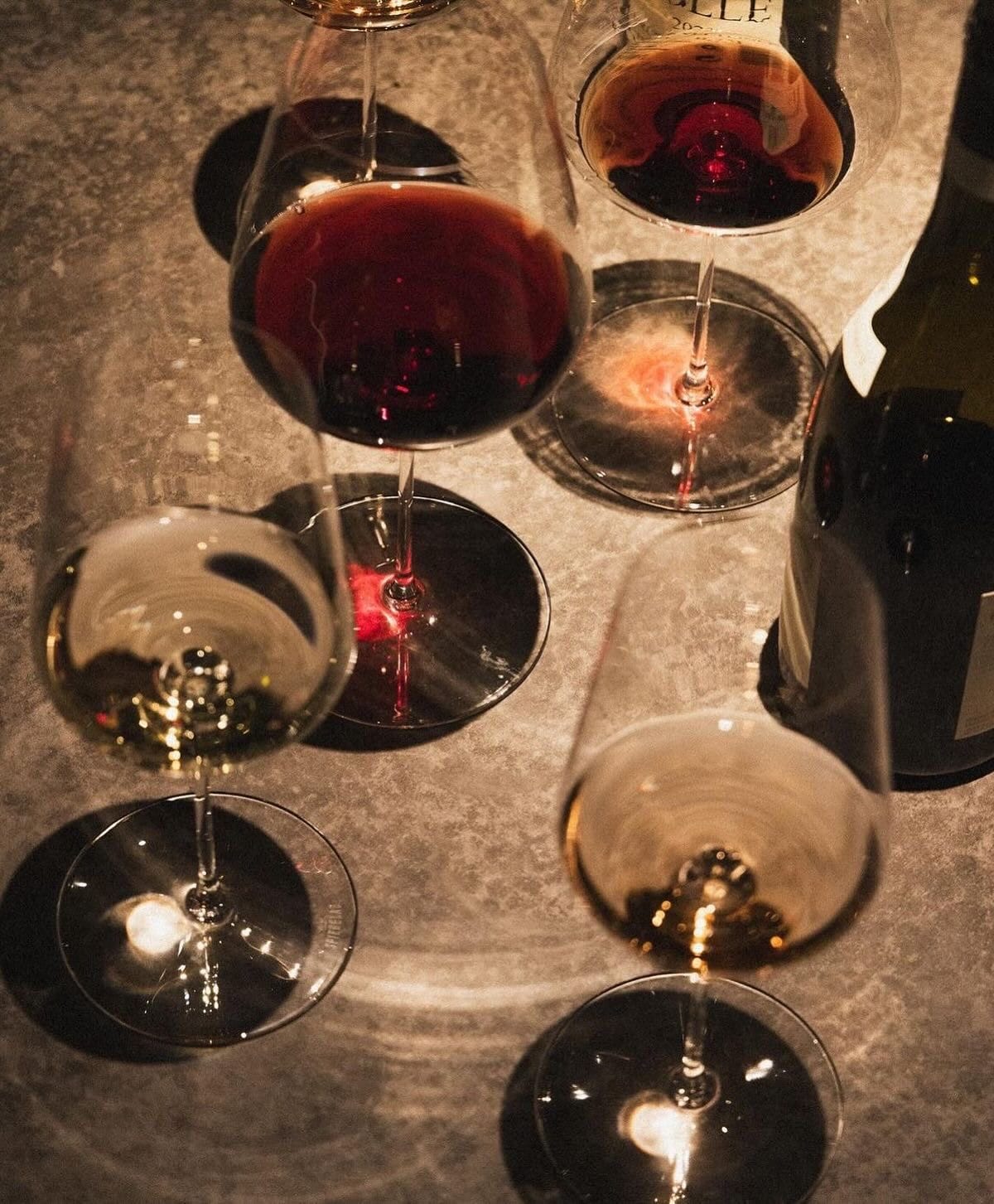
11. Practical tips for buying and drinking
- Temperature is essential: whites 7–12°C, rosé 8–12°C, light reds 12–15°C, full reds 16–18°C. Too warm flattens acidity; too cold hides flavour.
- Glassware: shape influences aroma concentration. Use a tulip-shaped red glass for reds and a smaller glass for whites.
- Decanting: young tannic wines benefit from decanting; older wines may lose fragile aromas if exposed too long, sample first.
- Serving from a supermarket: avoid bottles with floaters or excessive sediment (unless it’s a vintage red you plan to decant). Check fill level and label condition for age.
- Buying by the dish: match body to sauce and intensity, delicate fish needs high-acid white; steak wants tannic red.
12. Quick scoring: what to spend for what experience
- Under $15: decent everyday drinking; look for regional New World or basic European appellations.
- $15–35: where value lives, single-vineyard New World, village-level French bottles, good Rioja/Chianti.
- $35–80: refined, regionally expressive wines and some ageworthy bottles.
- $80+: collectible, terroir-driven, often ageworthy.
13. Final sensory cheat-sheet (nose → palate → finish)
- Nose: close your eyes, inhale. Primary (fruit), secondary (oak/ferment), tertiary (age). Take notes of fruit type, floral/herbal, and any oak/spice.
- Palate: first impression (sweet/dry), then structure: acidity (licking your teeth), tannin (dryness/grip), body (weight), alcohol (heat).
- Finish: short (less than a few seconds) vs long (many seconds - quality). Also note aftertaste: fruit, spice, mineral, savory.
14. Quick practical lists (if you want purchase-ready picks)
Whites to try (confidence buys)
- Loire Sauvignon Blanc (Sancerre/Pouilly-Fumé) crisp, mineral.
- Chablis (Premier or Village) steely Chardonnay.
- New Zealand Sauvignon Blanc - aromatic, bright.
- Good-value Burgundy Bourgogne Blanc or quality California Chardonnay for buttery style.
- German Riesling Kabinett is food-friendly with balanced sweetness.
Reds to try (confidence buys)
- Pinot Noir (Burgundy village or Oregon) elegant, food-friendly.
- Bordeaux (Left/Right Bank depending on preference) structured, ageable.
- Rioja Reserva - savory, reliable age profiles.
- Barolo or Brunello if you want something classic and ageworthy.
- Napa/California Cabernet opulent, bold.
Rosés to try
- Provence rosé - pale, dry, versatile.
- Tavel - fuller-bodied rosé.
- Sparkling rosé - versatile and fun.
15. Closing note - go for taste over trend
Wine can be status or hobby, but the true pleasure is the moment it creates. Learn basic language, try one grape from two regions, and compare. Taste with care and keep a small record (notes, not scores) and over time you’ll understand not what scores say, but what you prefer.
Choose wine like you choose other small luxuries, thoughtfully and taking your time. Pick with context (what you’re eating, the company, the moment) and buy a bottle that will make that evening feel simple but bougie, not complicated and poncy.
